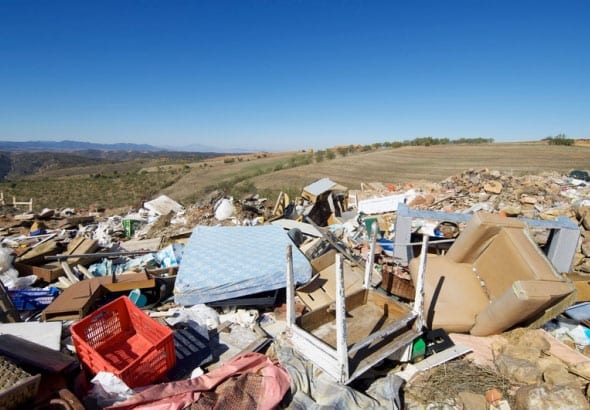Tank designs to meet the lifecycle cost of a landfill
Leachate and condensate from landfills can contain hazardous constituents either as a direct result of the waste disposed in the facility (e.g., household hazardous wastes) or as a result of the breakdown of the chemical compounds found in waste (e.g., leachate derived constituents).
Poly Processing Company’s Cross-linked Polyethylene tanks will perform under almost any circumstance:
- Chemically compatible with most every dissolved and solid material found in landfill leachate / condensate including acids, aldehydes, ammonia, pathogens, metals, etc.
- 20 times the Environmental Stress Crack Resistance of High Density Linear Polyethylene tanks.
- Seamless construction which eliminates the potential for chemical attack points and bad welds / joints found in Fiberglass tanks and Steel tanks.
- Cross-linked Polyethylene tanks are not affected by the unpredictable composition of leachate / condensate and never need maintenance. Leachate / condensate will severely damage epoxy, concrete, and powder coated tanks leading to costly maintenance.
- Installations in typical landfills as well as hazardous waste landfills for over 25 years with no issues.
By providing the right kind of storage for these chemicals, safety can be maintained – and the integrity of the product can be preserved.
For additional information on storing leachate and condensate, including recommended collection and treatment tanks and components, download our Leachate and Condensate Guide below.




